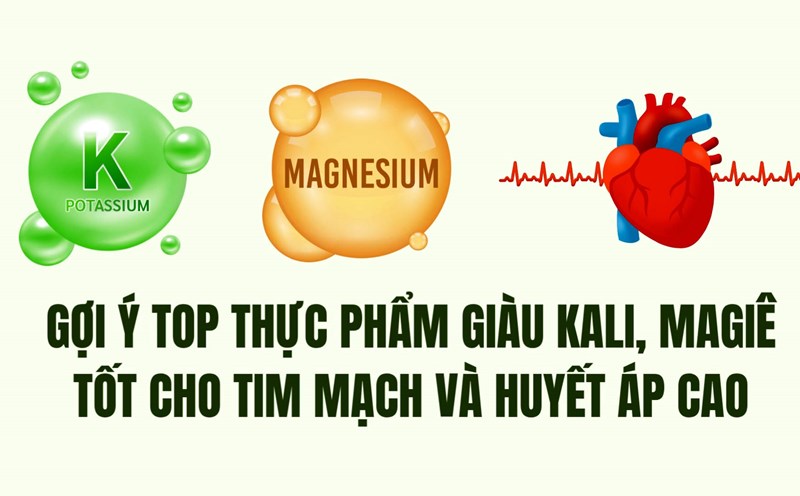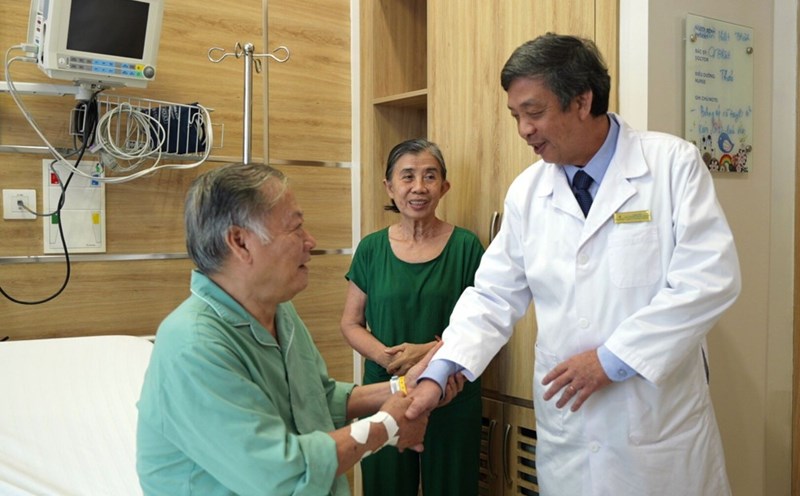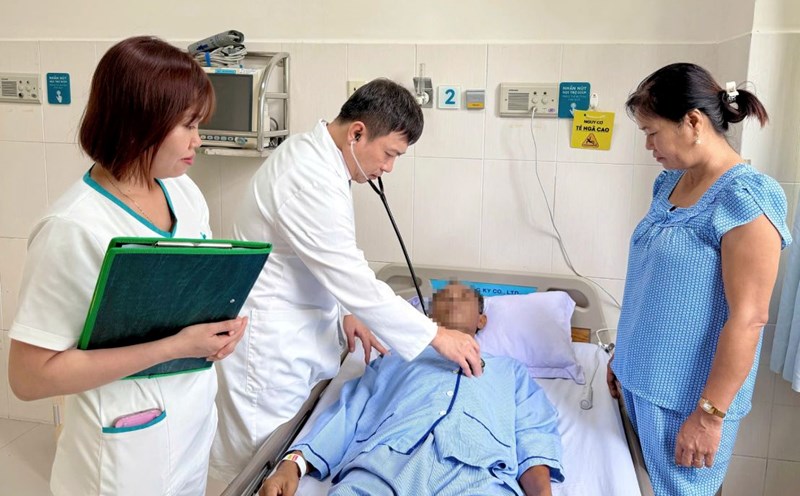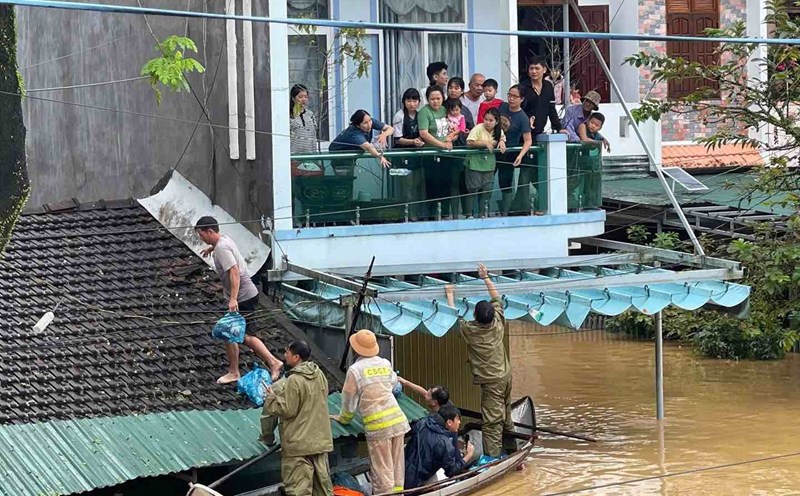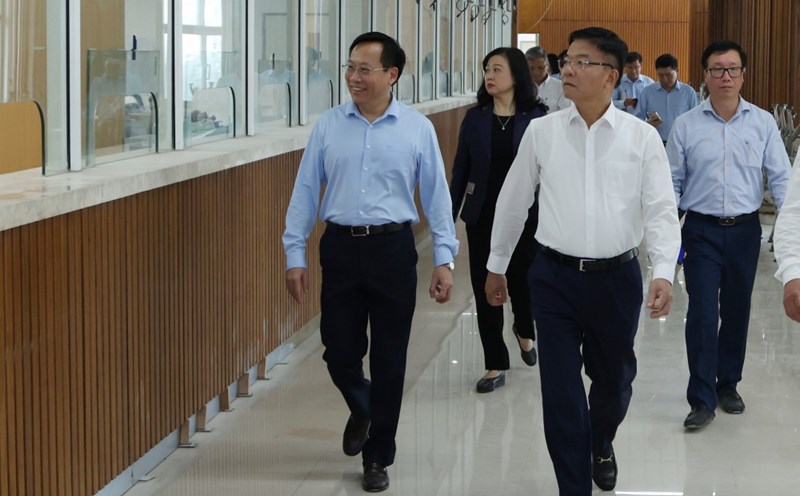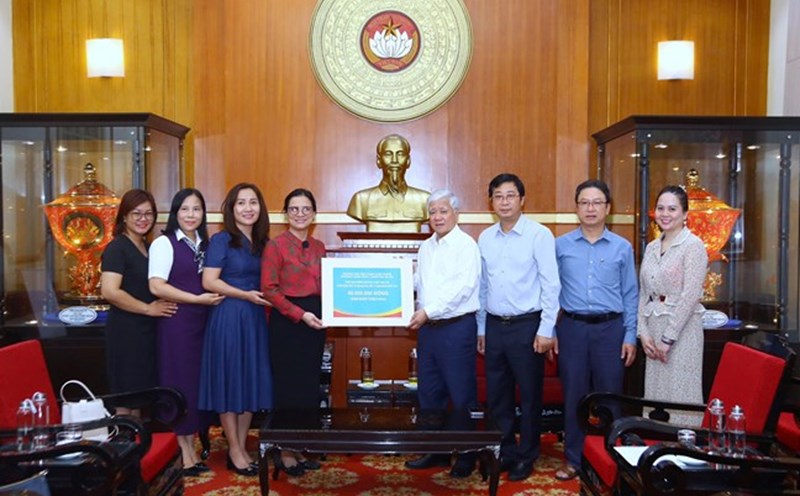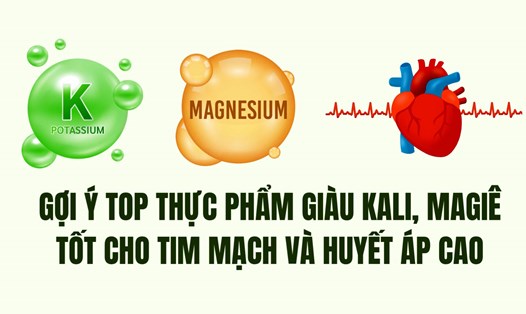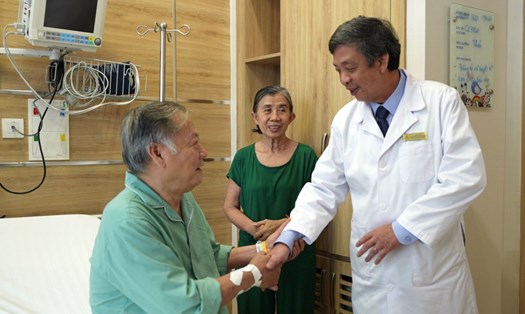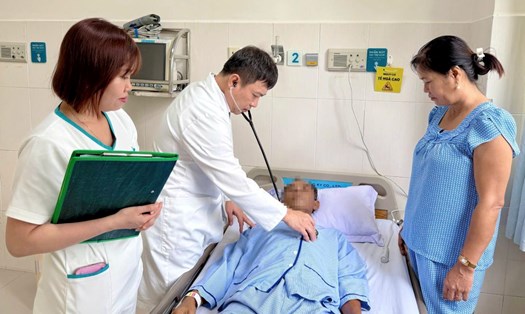The patient is Mr. L.T.D. (61 years old, living in Ho Chi Minh City), had surgery and bone marrow brace 6 years ago. After that, due to the detection of severe heart disease, many medical facilities could not receive further treatment, causing the screws to be exposed, causing pain and seriously affecting the aesthetics. In mid-September 2025, Mr. D. went to Cho Ray Hospital in a state of exfoliation of the entire lower left jawline.
Through examination, doctors determined that the biggest challenge was severe cardiovascular conditions, with heart rates ranging from only 30-50 times/minute, much lower than normal. The risk of cardiac arrest during surgery is very high, especially when the surgery is prolonged and requires the use of electrical burning techniques, anesthesia and muscle relaxation, factors that directly affect the conductation of the heart.
To ensure maximum safety, doctors from the Department of Plastic Surgery coordinated with the Department of Arrhythmia Treatment, Cho Ray Hospital to install a temporary pacemaker before surgery. When the heart rate stabilized, the surgical team removed all exposed screws, repaired the damage and grafted a 12cm long fibula skin flap to reconstruct the left mandibular defect.
The surgery lasted more than 4 hours and 30 minutes, and was a smooth operation. After surgery for a week, the patient recovered well, had a complete graft, ate and walked normally and did not need much support for the mechanism to create the rhythm.
On October 31, after being examined at the hospital, Mr. D. emotionally shared: Before, I lived in lethargy for 6 years, not daring to look in the mirror because of facial deformities and constant pain. Now I can live more comfortably and confidently when communicating".
Dr. Tran Van Duong - Head of the Department of Aesthetic Surgery, Cho Ray Hospital said that the free marrowcanal grafting technique in the regeneration of head - face - neck defect has been implemented by the Department since 2010, and to date, more than 300 patients have been successfully treated. For cases with serious underlying diseases such as cardiovascular disease or radiotherapy complications, the treatment process is always a big challenge, requiring close coordination between many specialized specialties.

